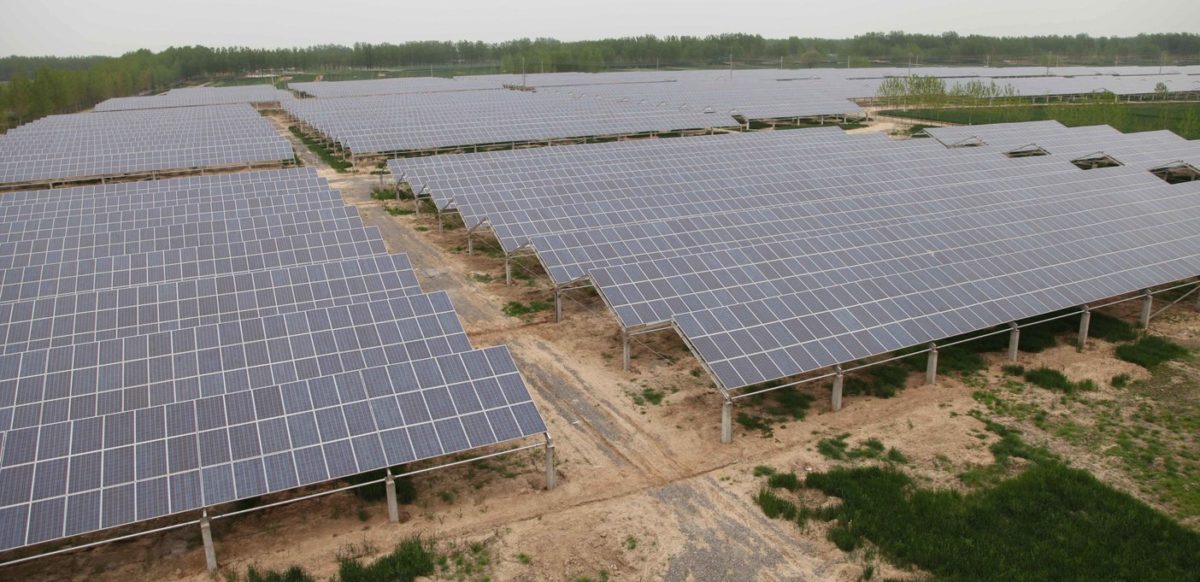“Geographically, activity has also become spread more widely in the last year. Banks and other entities in China and India have issued green bonds in recent months, often in hard currency in order to attract established investors – and then swapping the proceeds into local currency,” Fitch said. “However, in a sign of increasing market maturity, some local-currency deals are starting to take off.”
Chinese financial institutions were responsible for the six biggest green bond deals in 2016 through the first quarter of 2017, led by Shanghai Pudong Development Bank, with a $3.04 billion offering, according to Fitch data. The country led global issuance by a wide margin last year, at roughly $54.6 billion.
“The bulk of its ‘unlabelled’ climate-aligned bonds are for the railway and transport sector, but it is also developing a labelled green bond market,” Fitch said. “The construction of China’s green finance system has been elevated to national strategy level and the green bond market in particular has received top-level policy support for its development.”
Activity in China was followed by the U.S. with $7.3 billion of green bonds issued in 2016. Germany came third at $6.7 billion, followe by France at $5.6 billion, according to statistics from Fitch. While India is playing an increasingly important role in driving the growth of these emerging assets, the country issued just $2.5 billion worth of green bonds in 2016.
By value, the amount of such assets under management throughout the world hit $23 trillion at the end of December, accounting for about 26% of all professionally managed assets throughout the world in 2016, Fitch said. However, despite growing momentum, worldwide issuance is still relatively small in the context of global bond markets.
“Green bonds still only account for less than 1% of the global bond market, so the potential for growth is great,” Fitch said. “There is growing demand for green bonds from asset owners such as pension funds, sovereign wealth funds and corporate treasuries.”
Over the past decade, the E.U. has played a critical role in developing the market for green bonds, which are issued to raise capital for a range of different renewable-energy projects. Such debt securities now account for roughly two-thirds of all assets under management in Europe, said Fitch, which rates such green bonds based on their underlying credit risk, but not according to their environmental worthiness.
The expansion of this emerging asset class has been primarily driven by the growing desire of state actors to reduce carbon emissions. In particular, the COP 21 climate talks in late 2015 provided additional growth momentum for the sector. The International Capital Market Association has also developed a voluntary set of standards in recent years for this emerging asset class, backed by a growing number of third-party entities that help to verify the environmental soundness of bond offerings.
This content is protected by copyright and may not be reused. If you want to cooperate with us and would like to reuse some of our content, please contact: editors@pv-magazine.com.



By submitting this form you agree to pv magazine using your data for the purposes of publishing your comment.
Your personal data will only be disclosed or otherwise transmitted to third parties for the purposes of spam filtering or if this is necessary for technical maintenance of the website. Any other transfer to third parties will not take place unless this is justified on the basis of applicable data protection regulations or if pv magazine is legally obliged to do so.
You may revoke this consent at any time with effect for the future, in which case your personal data will be deleted immediately. Otherwise, your data will be deleted if pv magazine has processed your request or the purpose of data storage is fulfilled.
Further information on data privacy can be found in our Data Protection Policy.